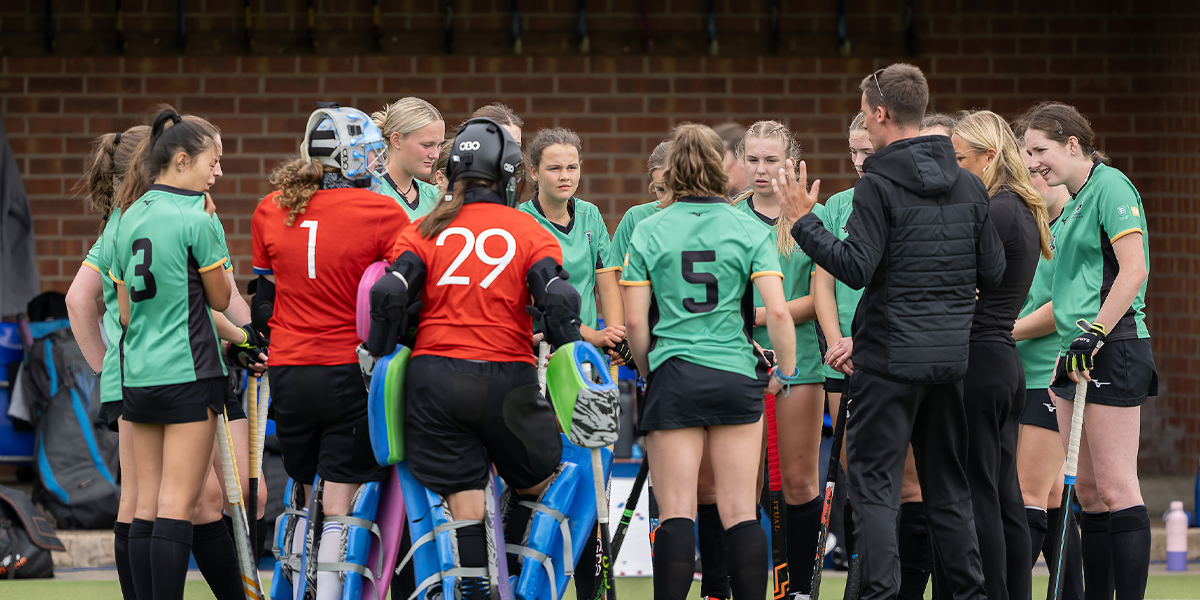
- Select a language for the TTS:
- UK English Female
- UK English Male
- US English Female
- US English Male
- Australian Female
- Australian Male
- Language selected: (auto detect) - EN
Play all audios:
A priority for the Talent System is to keep the player at the centre. To help our thought processes and decision making, we have developed the PLAYER EXPERIENCE MODEL. This model can be used
alongside the RARE principles to help a player; parent; coach thinking about a player thriving and what might the best option be regarding environment to best progress. The centre of the
model is the ideal experience, ‘where a player is thriving’ in their environment - the THRIVE ZONE. There are three key factors that we feel are critical in supporting a player to thrive. *
The PLAYER - how well are they progressing? * The PERFORMANCE - are they playing well? * The PERSON - how are they/how is their general well-being? If all are nicely balanced, the player
will be thriving! If one of these elements is significantly out of balance, then a player is likely to shift into one of the other experience zones. It is normal (and sometimes very helpful
for short periods) for a player to move between these zones. However, a repetitive / extended period outside of the THRIVE ZONE is likely to hinder a player. There are many PARTNERSHIPS
which influence and impact the players weekly experiences and long-term journey. Recognising and understanding these partnerships and having a holistic view of the player can be invaluable
in supporting a player and their movement between zones might help move them back. The STRIVE ZONES are the limits of the THRIVE ZONE, where players may find themselves at different times,
and it is down to them and the various PARTNERSHIPS involved in their hockey experience to help them move back into the THRIVE ZONE. This model allows players, parents, clubs, teams and our
NGB to engage in discussions about where a player "is". Then, through good conversations, explore the best way of supporting a player to a THRIVING EXPERIENCE. With competing
demands across schools, clubs and international hockey, it can be tricky, but there is a huge opportunity for all of us. There may be points where a player is no longer progressing and they
shift to the ALIVE ZONE. This could be linked to a lack of stretch in the training / competition envrionment. Or, there could be points where a player shifts to the DIVE ZONE - perhaps where
well-being is being compromised (with an overload of hockey, too big a transition, a difficult psycho-social context, or a stretch point being too far). If performance is faltering, players
may be in the SURVIVE ZONE. This may link to the environment being too much of a stretch (too much of the time) and a regression in performance. If everything is working well, there will be
environments that allow players to thrive and provide the player with the ideal experience for them. That said, knowing that talent is messy and complex, there will always be times in the
player’s journey where something is not quite right with either their performance, their progression or their wellbeing. The role of the system is to recognise this and to work together to
support and develop the player.







:max_bytes(150000):strip_icc():focal(319x0:321x2)/people_social_image-60e0c8af9eb14624a5b55f2c29dbe25b.png)